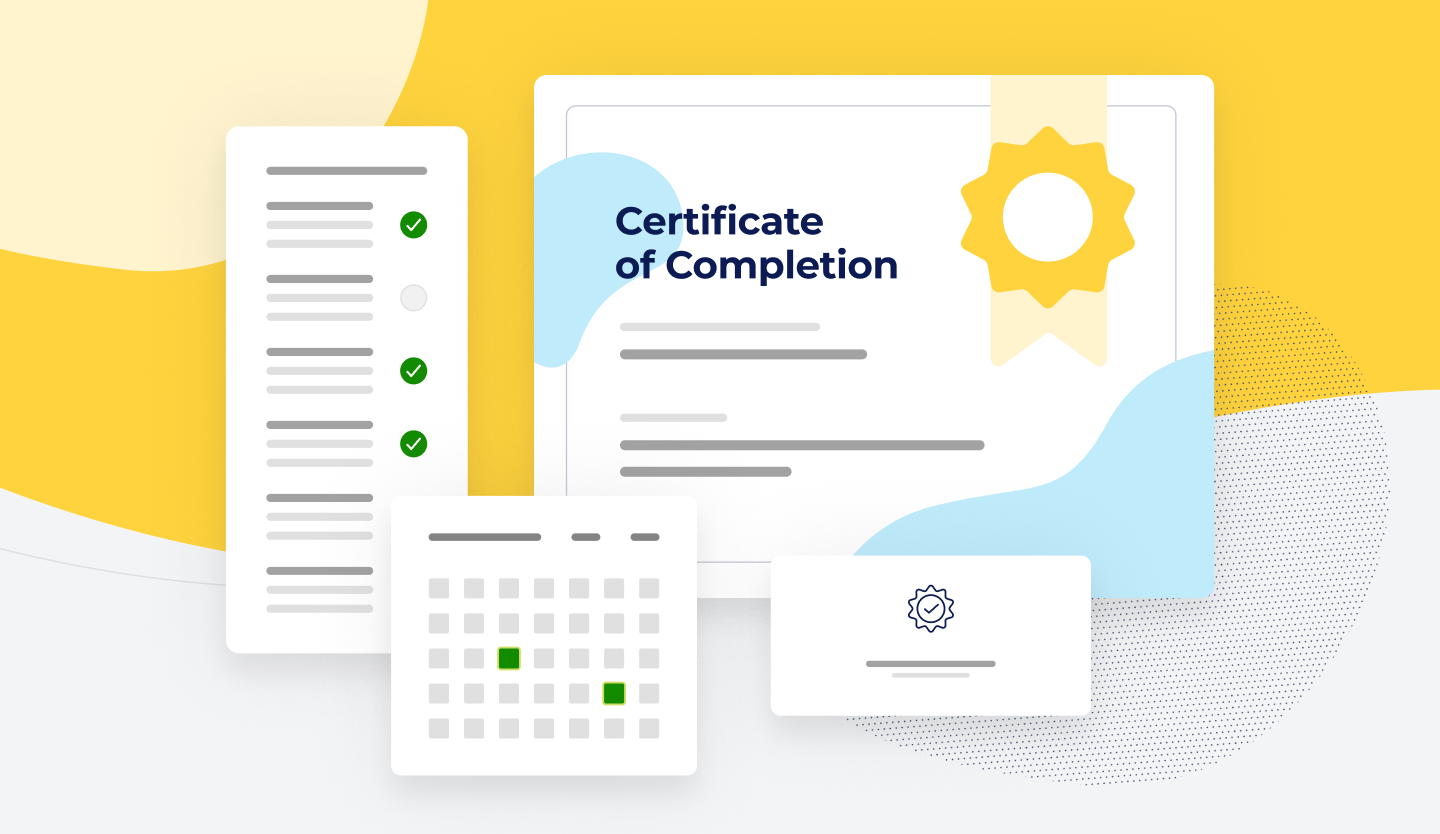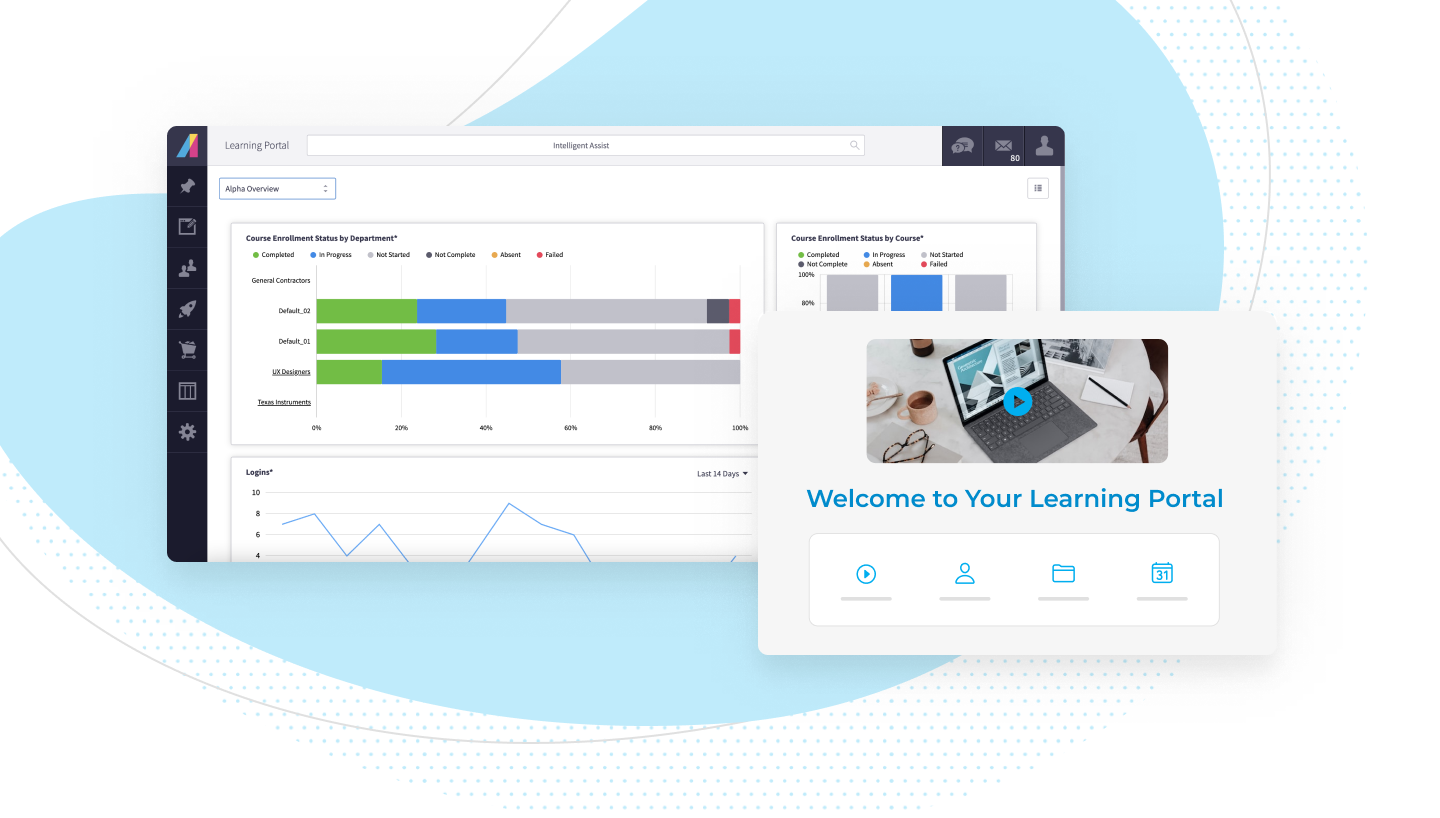What is a job transfer and how does it work?
A job transfer is the process of moving an employee from one position or location within a company to another, typically initiated by the employer based on organizational needs or employee requests, often involving changes in responsibilities, location, or department.
Embarking on a new job is a thrilling journey, a fresh chapter in one's career story. It's a moment filled with anticipation, opportunity, and perhaps a touch of nervousness. However, when this transition occurs within the familiar confines of your current organization, it takes on a unique dimension. Internal job transfers, or the process of moving an employee from one position or location within a company to another, are an integral part of an organization's growth and development. They signify the adaptability and evolution of both the individual and the company. Seeking growth and development in skill sets can be a motivating factor for employees to consider a job transfer. But how do we ensure that these transitions are seamless, productive, and fulfilling? In this comprehensive guide, we'll explore the art of planning and preparation for job transfers, ensuring that employees transition seamlessly into their new roles.
Understanding the job transfer process
A job transfer isn't just about changing desks or job titles; it's about an employee's evolution within the organization. Whether prompted by career growth or a company's reorganization, the process can be both exciting and nerve-wracking. It's less daunting than starting at a new company, given that the employee is already familiar with the organization's culture and some colleagues. Still, there are challenges to navigate. Managers play a pivotal role in helping employees prepare for internal transfers, offering vital support to ease their transition into new responsibilities.
Supporting employees before the move
Before an employee changes roles, they possess a unique advantage over external hires: they can tap into their existing network within the organization. Human resources (HR) leaders and managers can harness this advantage by facilitating introductions to their new colleagues, collecting resources, and recommending training opportunities. This proactive approach boosts employee confidence and accelerates their readiness for the transition. Identifying how their current skills align with the new role and identifying any gaps is crucial. Leveraging an learning management system (LMS) to create a customized learning path to upskill the transitioning employee is extremely beneficial. An LMS is a software platform used by businesses to manage, deliver, and track online courses and training programs, providing a centralized hub for creating, administering, and monitoring learning content and activities. Early planning with an LMS ensures they're well-prepared for their new responsibilities, fostering a smoother transition.
During the transitional period
A well-thought-out transition plan is paramount. If the vacated role is filled by a new hire or another internal transfer, involve them in the preparations and establish a training plan. For roles left vacant, ensure coverage for key tasks. The transition calendar should outline critical assignments, instructions for ongoing tasks, and a schedule of meetings and vital information. Proactive planning can prevent the transferring employee from being overwhelmed, as they won't be expected to juggle two roles simultaneously. Additionally, if the organization is undergoing downsizing with open positions elsewhere, suggesting a job transfer can be a win-win, securing the employee's role and assisting the company in filling vacancies.
The importance of the transition period
The first 30 days
The initial 30 days after an internal job transfer set the foundation for a successful transition. During this time, the transferring employee is adapting to their new role and responsibilities. They may still be balancing residual tasks from their previous position while diving into the challenges of their current one. HR leaders and managers should provide unwavering support, offering clear guidance and facilitating connections with team members and mentors. This early stage is when the employee acclimates to the new environment and begins to build a rapport with colleagues.
The next 30 days (days 31-60)
As the first month transitions into the second, the employee is likely to gain a firmer grasp of their role and responsibilities. This is a period of refinement and alignment. It's an ideal time for HR and management to conduct progress assessments, identify areas where additional training or resources are needed, and ensure that any concerns or challenges are promptly addressed. Building on the foundation laid in the initial 30 days, this phase is pivotal in helping the transferring employee integrate fully into their new team and begin to contribute effectively. By utilizing metrics, HR and management can measure the success of the workforce during this phase and make data-driven decisions to enhance productivity and performance.
The final 30 days (days 61-90)
By the time the transition reaches the 90-day mark, the employee should be well on their way to becoming an integral part of their new team and fully competent in their role. However, it's important to maintain a supportive environment. Continue to offer guidance and mentorship, fostering their growth and development. At this stage, HR and management should conduct a comprehensive review, seeking feedback from both the employee and their colleagues to gauge the success of the transition and identify areas for ongoing improvement. Recognize that this period marks the completion of the transition phase, but it also signifies the beginning of a new chapter of sustained excellence.
Throughout these 90 days, offering support, such as assistance in creating a training plan and a meticulously crafted onboarding strategy for the new team, can significantly ease a transferring employee's worries about new responsibilities. This proactive approach positions them for a trajectory of continued success within their new role, ensuring they not only adapt but thrive in their evolving professional landscape.
Embarking on the new role
Once the employee transitions to their new role, the focus shifts to acquiring new skills. This often necessitates upskilling or refresher training for role-related responsibilities. The new manager should guide the employee and help them schedule training through the LMS, aligning it with job priorities for sustainable progress. During this period, colleagues may seek the transferring employee's assistance with tasks related to their previous role. A well-crafted transition plan should anticipate these requests, ensuring a smooth handover. Managers can designate colleagues to assist in addressing questions related to the new duties, reducing stress, and promoting collaboration.
Ensuring a successful start
From the first day of the first week in their new role, it's vital for the employee to feel supported and welcomed. This sets the tone for a successful transition. Colleagues' adjustment to the change may take time, and they might still direct questions and requests related to the old role to the transferring employee. Anticipating these scenarios and assigning the right individuals to handle each type of request is essential. This proactive support maintains productivity, fosters collaboration, and minimizes stress during the adjustment period.
Effective preparation for internal job function transfers enhances the experience for all employees involved. It eliminates worries about unpreparedness or the demands of dual roles, allowing employees to focus on succeeding in their new positions. Empowering HR leaders and team managers to guide employees through this pivotal career step ensures a seamless transition that benefits both individuals and the organization's workforce. Job description components play a crucial role in this process by clearly outlining the responsibilities, qualifications, and expectations for the new role. By providing a comprehensive job description, employees can have a clear understanding of their new position and what is expected of them. This clarity helps them to adapt quickly and effectively, ensuring a successful start in their new job.
Creating a job transfer transition checklist
A well-structured job transfer transition checklist can be your compass, guiding you through the intricate journey of internal job transfers. It serves as a roadmap, ensuring that no crucial step is overlooked, and that the transitioning employee receives the necessary support at each stage. Here's a comprehensive checklist to help you facilitate successful job transfers:
Before the transfer
Define clear objectives: Begin by establishing the goals and objectives of the job transfer, ensuring alignment with both the employee's career aspirations and the organization's needs.
Assess skills and competencies: Conduct a thorough assessment of the transferring employee's skills and competencies to identify areas that require further development or training.
Communication plan: Develop a communication plan that includes notifying relevant stakeholders about the transfer, such as team members, colleagues, and clients.
Customized training plan: Create a tailored training plan that outlines the specific skills, knowledge, and resources needed for the new role. This plan should cover both the initial transition and ongoing skill development.
During the transfer:
Orientation and onboarding: Ensure that the transferring employee receives a comprehensive orientation to their new team, department, and role. This should include first impression introductions to team members and key stakeholders, including human resources (HR).
Mentorship and guidance: Assign a mentor or coach to provide guidance and support throughout the transition. This mentor can help the employee acclimate to the new role and company culture.
Regular check-ins: Schedule regular check-in meetings to monitor the employee's progress, address any challenges, and provide opportunities for feedback.
Resource access: Ensure that the transferring employee has access to all necessary resources, including tools, software, and training materials, to perform their new role effectively.
After the transfer
Performance evaluation: Conduct a formal performance evaluation at the end of the 30, 60, and 90-day periods to assess the employee's adaptation to the new role and identify areas for improvement.
Feedback collection: Solicit feedback from the transferring employee regarding their experience and any suggestions for improving the transition process.
Team integration: Continue to facilitate team integration by encouraging collaboration and open communication among team members.
Long-term development: Develop a long-term career development plan for the transferring employee, aligning their growth with organizational objectives.
By following this job transfer transition checklist, HR leaders and managers can ensure a structured and supportive process that maximizes the chances of a successful internal job transfer. This not only benefits the individual employee but also contributes to the overall growth and adaptability of the organization.
Ready to learn more?
Discover more ways to empower your employees and drive business success by reading our white paper on how high-performance companies utilize an LMS for recruiting, training, and retaining top talent.








